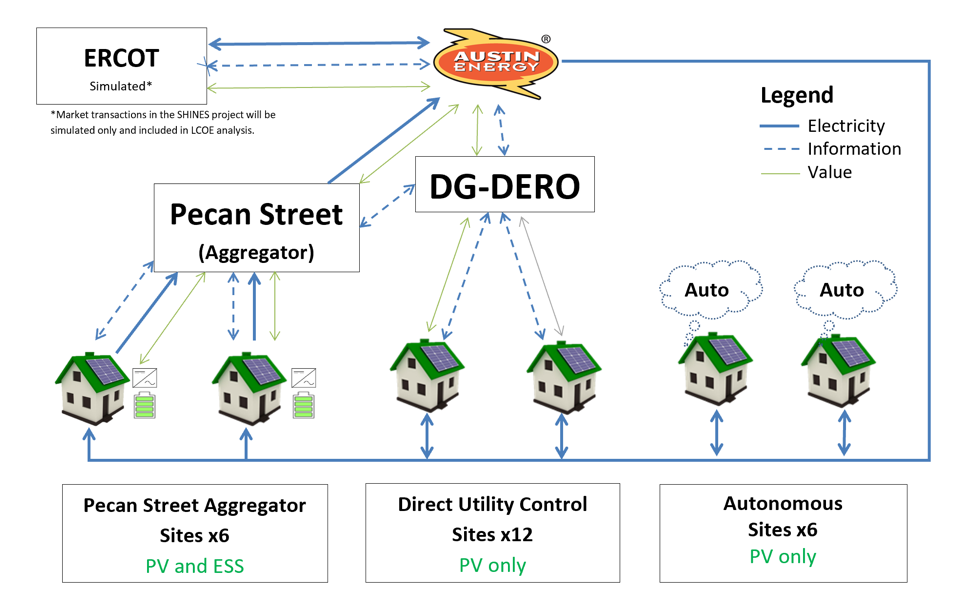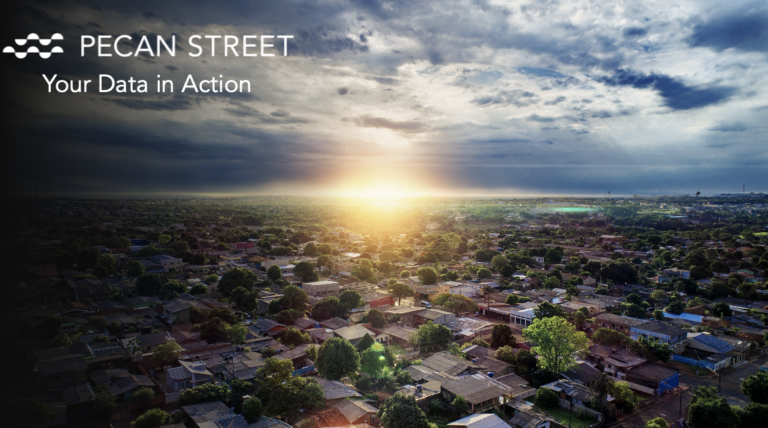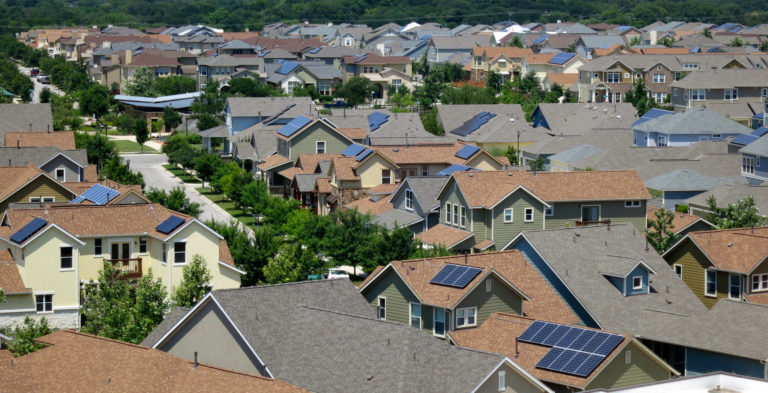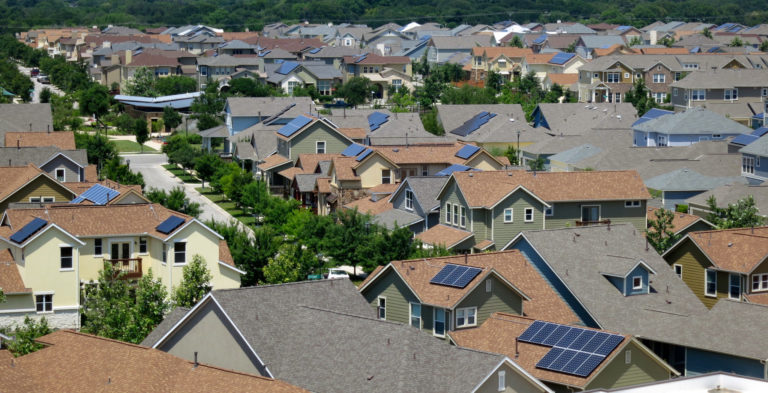June 27, 2019
 By Andrea Tosi, power systems specialist, Pecan Street
By Andrea Tosi, power systems specialist, Pecan Street
Solar energy is an ideal clean energy resource in places like Texas, where sunshine is abundant. But even in Texas, the sun doesn’t shine 24/7. This variability results in reliability issues, and Energy Storage Systems (ESS) are crucial as solar penetration increases.
Austin’s Sustainable and Holistic Integration of Energy Storage and Solar PV (SHINES) is a DOE-funded project that integrates energy storage at distribution feeders in order to increase the amount of solar generation. The project team developed and deployed energy storage systems (batteries) at utility, commercial, and residential levels. These assets are all controlled by Doosan’s Distributed Energy Management Optimizer (DERO) platform. With the success of this project, Austin can continue to increase its solar energy generation reliably, making our electricity mix cleaner and reaching the sustainability goals for the city.
Pecan Street developed the Residential Aggregator, installed 6 LG energy storage units and 18 smart inverters in homes that have solar energy production, and completed the deployment of the first V2G system in Texas. All these assets are used to mitigate issues that arise from solar generation variability. The infographic below shows the communication paths between the assets and the control systems for the residential portion of Austin SHINES.
Pecan Street developed the residential aggregator to communicate to LG ESS units installed in six homes in Austin. The aggregator is needed as a single point of contact between all residential assets and the utility. It adds up small-scale residential ESSs to a level where the utility can use this power as a large-scale generating unit. The ESSs are actively charging and discharging based on commands received from Austin Energy via DERO. The ESSs provide voltage and power quality support to the grid in times when the supply and demand are not balanced.
For example, on a sunny day, the solar generation supply can be much greater than the load demand. In those moments, the batteries are being charged. Because sunshine is free, the cost of energy during these times is low. Later in the day, as the sun sets and the solar generation decreases, the load increases as people come back home and turn on their HVAC systems to cool their homes or charge their electric vehicle. Here is when the ESS starts discharging that stored solar energy from earlier in the day, essentially shifting clean energy to times when it is needed.
For the smart inverter installations, Pecan Street is testing two different use cases. For the first, smart inverters are set to a specific power factor level to provide local reactive power support. During the demonstration phase, which started in January 2019, these inverters have been providing solar power at 0.9 lagging power factor for the whole time. The second set of smart inverters communicate directly to the utility via DERO. For these, the PF changes every 15 minutes based on the level of voltage support the grid need, or when the utility needs to improve the feeder’s power quality.
Solar energy installations are increasing every day and the Austin SHINES project is helping the industry understand how storage will aid in completing even more installations. The project is used to understand how storage can be integrated with solar energy to make the grid cleaner and reliable. The team has worked together in understanding the safety codes and regulations around permitting storage systems within city and in people’s homes and commercial buildings, and overcoming hurdles that relate to installing innovative technology with aging infrastructure as the grid modernizes.


















